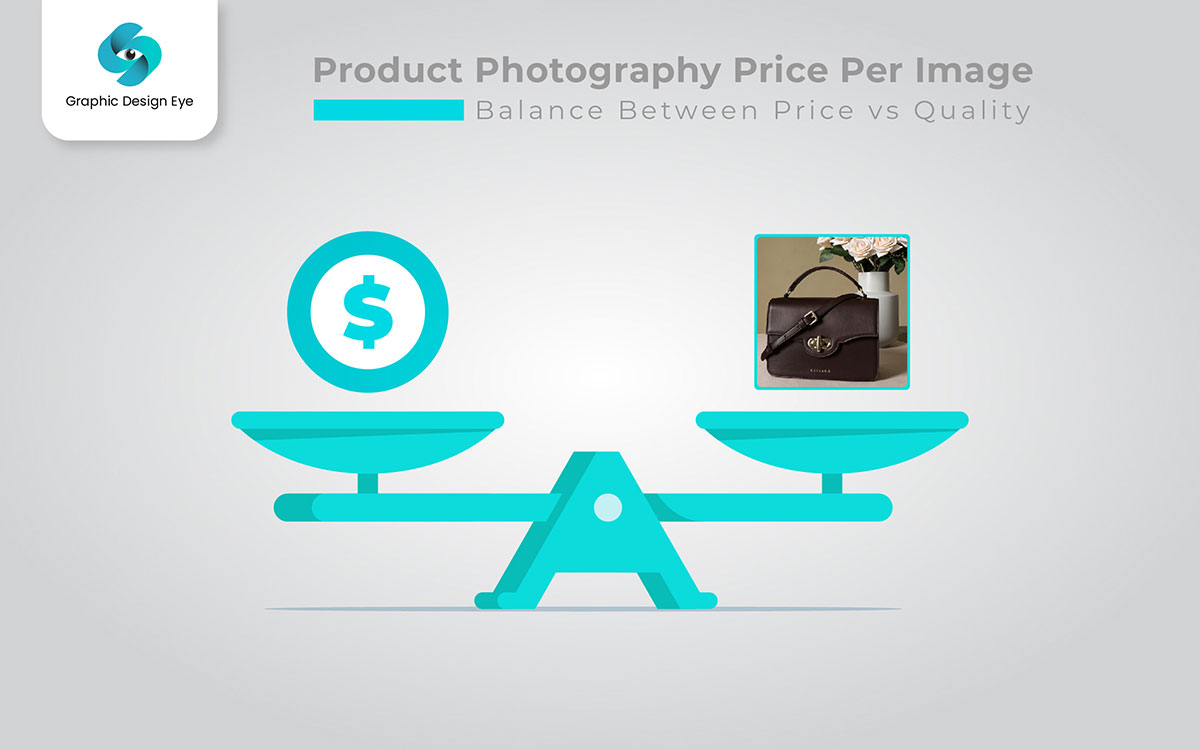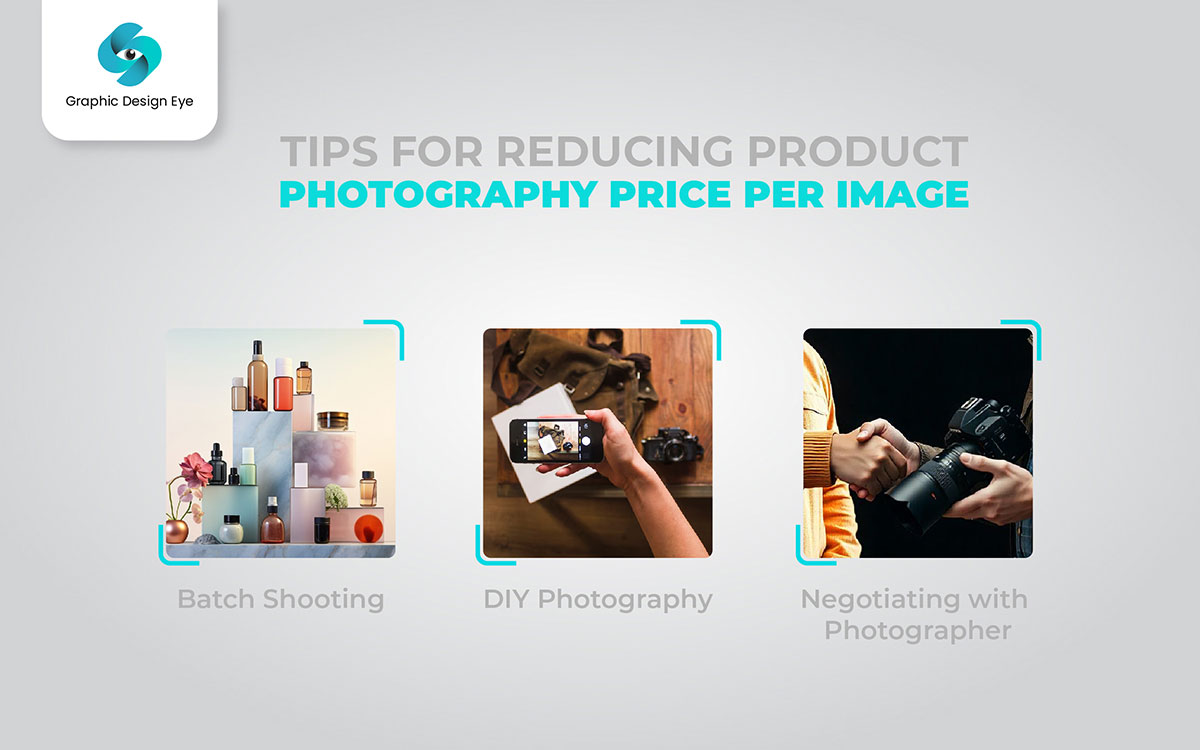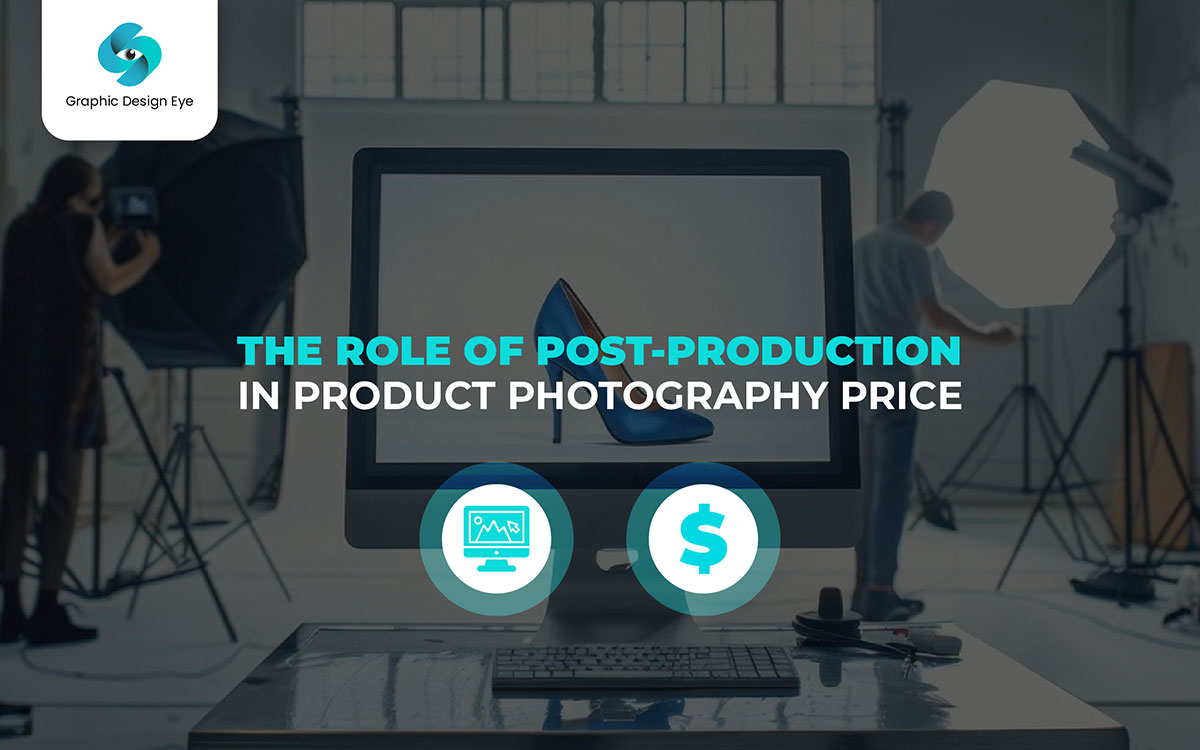But, with a greater quality of photos, the product photography price per image also increases. and many business owners find themselves confused with questions. My real answer is - there is no one fit for all solutions. When you understand the factors that influence the cost of product photography per image, you will be able to keep a balance between product photography prices and product photo quality.
By understanding these key factors, businesses can make informed decisions to optimize their product photography investments and achieve a competitive edge in the market. Keep reading to learn more.

The cost of product photography depends on several factors, including the photographer's experience, the complexity of the shoot, and number of images. Here are some product photography price per image:
Price Range: $25 to $150 per image.
This typically includes simple photo shots on a white background with minimal editing. Suitable for small businesses or e-commerce.
Price Range: 150 to 500 per image.
This may include more complex setups, multiple-angle shoots, and some post-processing. Suitable for medium-sized businesses or more detailed product photography.
Price Range: 500 to 1,000+ per image
This includes highly detailed shots, possibly with models, elaborate setups, and extensive post-processing. Suitable for large businesses, advertising campaigns, or high-end product photography.
Price Range: Varies / 500 to 3,000, depending on the complexity.
Many photographers offer discounts for bulk orders or packages that include a set number of images. For example, a package of 20 images might cost.
Location: If the photo shoot is your location, there may be additional fees.
Urgent: Urgent delivery may include additional fees.

To reduce the price of product photographs, you should first decide why you want to shoot the product photo and where it would be used, for example, in social media, email newsletters, or printed advertisements. The return on investment in product photography can increase drastically when you use the product photographs in multiple platforms and marketing campaigns. Also, when you organize the products by their size, weight, and category and ask the photographer to shoot in bulk, that can save a lot of price and time.
Batch shooting is an effective way to shoot multiple products while saving both time and money because it minimizes the need for setup changes between sessions. When a photographer shoots multiple products at the same time, no repeated session is needed. That makes batch shooting easier. As for the batch shooting products, you can decide and arrange them in advance, and the best backgrounds for batch shooting are simple yet beautiful ones. Here’s how you can plan and shoot batch shooting step by step:
For any business owner, it is very crucial to select the right photographer for their product photography. Negotiation also plays an important role in ensuring the best value for your money without compromising the quality of work. This is because the rates that photographers charge their clients depend on the quality of their work and the level of business they receive. If you reveal your price first, the negotiation will be based on that; however, it's recommended to search for the photographer’s fees before sharing your own budget.
For example, if your budget is $700 and the photographer quotes $1,200, negotiations can begin. Price is just one aspect; it is essential to talk about the number of photos, whether photo editing services are included, file formats (JPG, PNG, TIFF, PSD), and delivery time. Open communication and mutual understanding of expectations will help build a successful collaboration.
If you are not satisfied by the quality of their work, it's alright to just leave and find another person who goes with your style and needs. You might find a local photographer who works within your budget with your budget and brand goals.
Quality full product photography is really crucial if you want to stand out from the competition of the e-commerce world, but high-quality photography does not come cheap, it can be really expensive, especially for small businesses. But if you can’t afford to pay for professional photographers, then DIY product photography could be a great option for you. DIY product photography is a creative way of taking quality pictures on a limited budget. You can try different techniques and ideas to create images that can represent your brand’s style with appropriate lighting, framing, and focus. DIY photography is a strong price-saving tool for small businesses.

Post-production in product photography can involve tasks like image retouching, adjusting color, cropping images, removing unwanted objects, or adding special effects or filters. While this process is a bit time consuming, it’s really crucial for creating visually stunning images.
Product photography editing includes several steps to make the photo appear more attractive:
Other tasks include color correction, making images clear, and adjusting the values of shadows and highlights.
Adobe Photoshop is a powerful tool for enhancing the quality of your photo. If you are on a budget, you can use the free Photoshop version that includes basic photo editing tools and limited generative AI assets.
If you are looking for more advanced features, go for the Adobe premium plans that include 20 creative apps, and editing tools that will save time and help you produce professional-level product photographs.
Did you know that 78% of online shoppers expect a clear and detailed product image before deciding to buy the actual product? However, many stores fail to meet this demand.
To get a clear, detailed photo of your product, you need a professional product photographer, one that has the skills, reliability, and services to handle various aspects of your work.
But hiring a professional photographer can be a daunting task, you have to go through their portfolio and understand their style and experience. For that, you might like to check out our list of 11 questions you should ask a prospective photographer before hiring them to make sure you’re hiring the right photographer for your task.
Finally, The right balance between product photography price per image and the quality of each photo can. When you understand the major price influences in product photography like the experience of the photographer, photography equipment, and post-production work, It will be easier to take a balanced decision based on product photography quality and prices.
For business owners on a tight budget, getting high-quality photos does not have to be expensive. For simple products, consider hiring a photographer, using DIY photography, or shooting all products at once to avoid additional prices. By managing these factors strategically, you can get good-quality product photos at a reasonable price.